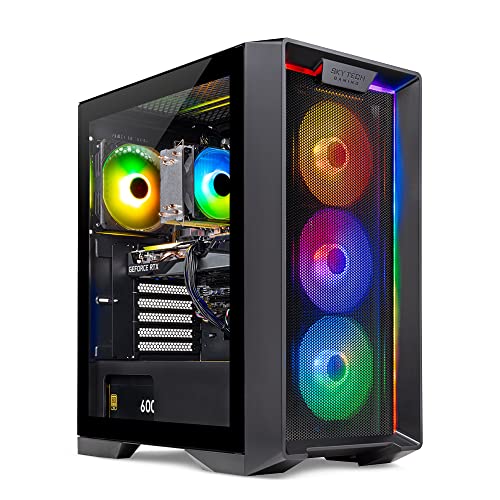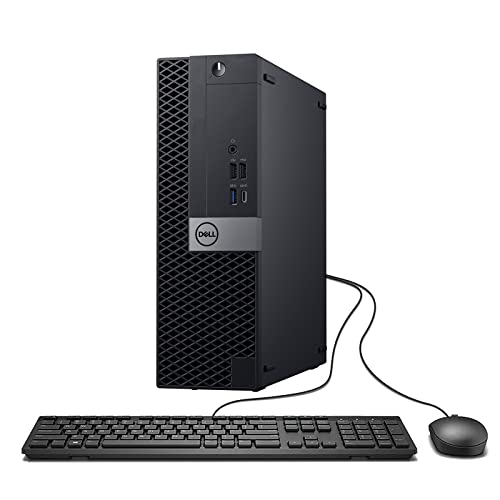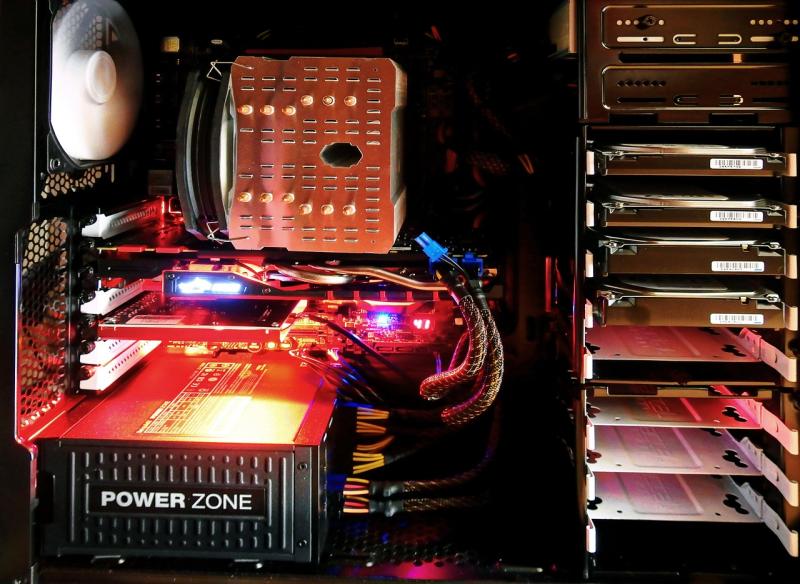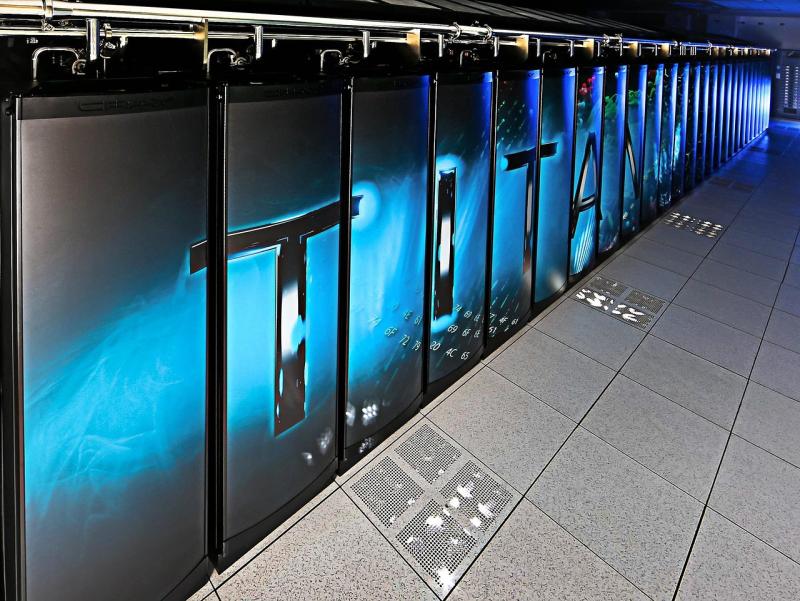**Introduction**
The landscape of human-computer interaction is evolving rapidly. Next‑generation input devices are moving far beyond conventional keyboards and mice to include gesture sensors, eye tracking, and even voice and biometric interfaces. These advanced devices are transforming how we interact with our computers, making the experience more intuitive, efficient, and immersive. This article explores the emerging innovations in input technology, examining how these devices are reshaping desktop interactions and paving the way for a future where natural gestures and adaptive interfaces become the norm.
**Technological Innovations**
- **Gesture and Touch‑Free Control:**
Advanced optical sensors and infrared cameras enable gesture-based controls that allow users to interact with their PC without physical contact, providing a fluid, touch-free interface.
- **Eye Tracking and Adaptive Focus:**
Integrated eye tracking systems monitor where a user is looking on the screen, dynamically adjusting focus, brightness, and even interface elements for enhanced engagement and productivity.
- **Biometric Input Devices:**
Hand geometry, fingerprint, and facial recognition sensors enable secure, personalized system access while streamlining workflows.
- **Voice and Haptic Feedback:**
Cutting‑edge microphones combined with sophisticated voice recognition software allow natural language commands, while haptic feedback provides tactile responses to enrich the user experience.
**Applications and Benefits**
- **Enhanced User Precision:**
These next‑gen devices provide unparalleled accuracy for tasks ranging from professional creative work to competitive gaming.
- **Improved Accessibility:**
Gesture and voice recognition enable users with physical challenges to interact with their systems more effectively, promoting inclusivity.
- **Immersive Interaction:**
As input devices become more intuitive, the overall user experience is transformed into a natural extension of human motion and communication.
- **Personalized Environments:**
Biometric and adaptive interfaces create tailor‑made computing experiences, ensuring that every interaction is customized to individual preferences.
**Future Directions**
Future input devices are likely to incorporate deeper AI integration, learning from user behavior to refine responses and adapt in real time. Seamless integration between hardware and cloud-based personal assistants may usher in an era of effortless interactivity, while advancements in haptic feedback and gesture control will further blur the line between physical and digital realms.
**Keywords:** next‑gen input devices, gesture control, eye tracking, biometric input, voice recognition, haptic feedback, adaptive interfaces, immersive interaction, natural computing
Next‑Generation Input Devices
Beyond Traditional Keyboards and Mice
Related Articles
Essential High-Performance PC Components You Need Now
Upgrade your setup with the must-have parts for unbeatable gaming and productivity
Top Picks for Best High-Performance PCs
Find the perfect power machine for gaming, work, or creative projects
Your Guide to the Best High-Performance PCs
Find the Right PC for Your Gaming and Creative Needs
View our related products
See more






